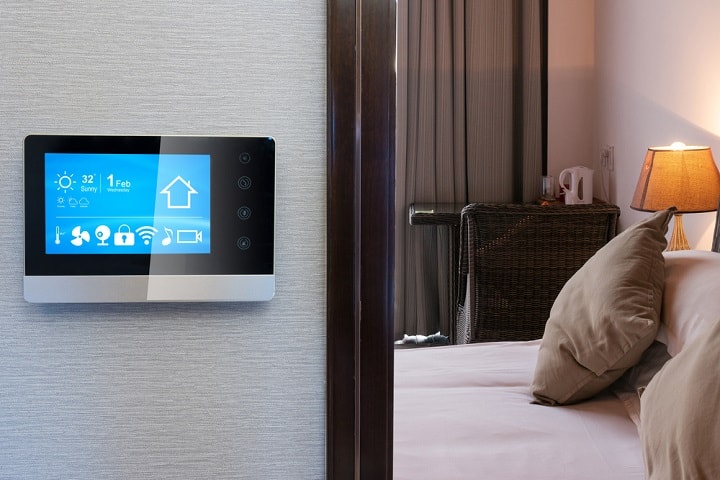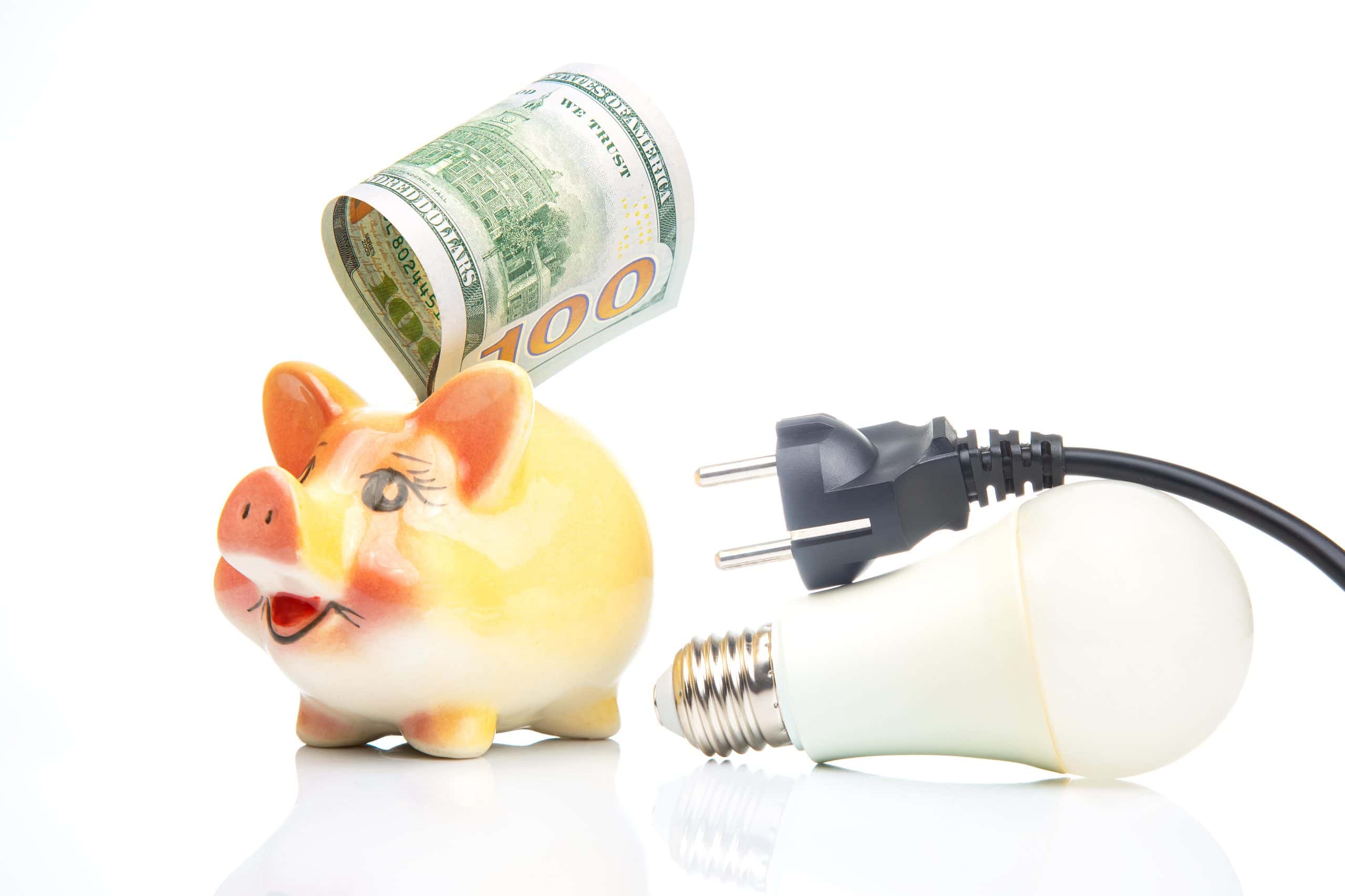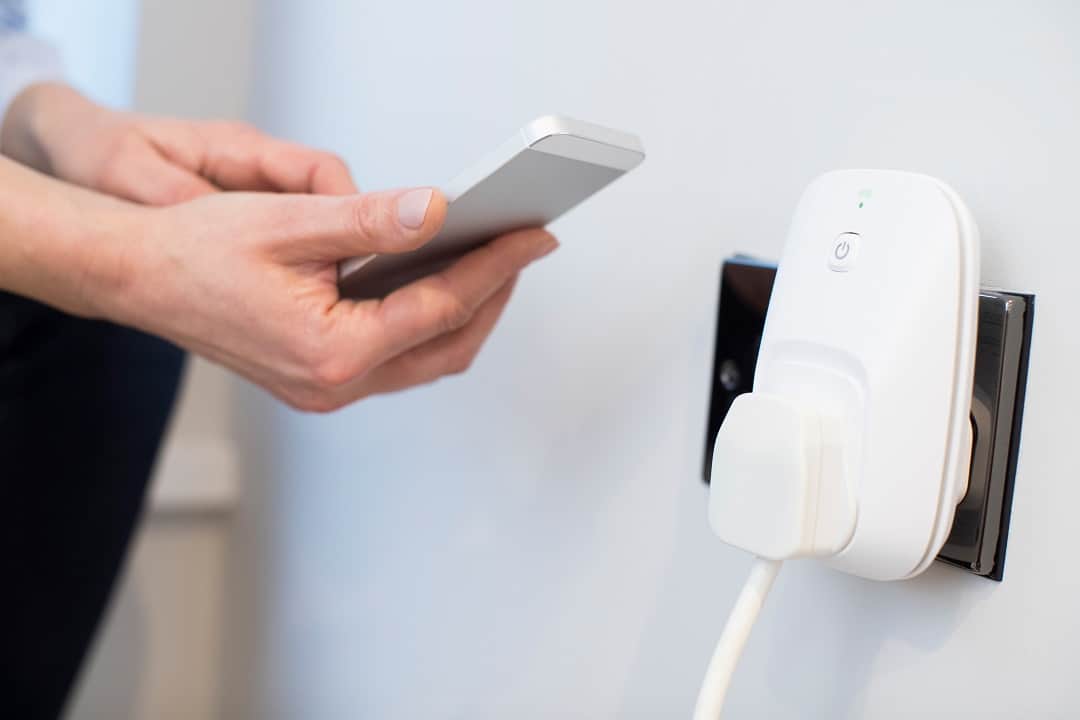Welcome to our guide on keeping your smart home safe! Have you ever thought about what would happen to your smart gadgets if there was a big storm or you became unable to maintain it? Just like we practice fire drills, it’s smart to have a plan for your smart home too. This way, you ( or someone else ) can fix any problems quickly and keep your house running smoothly. In this post, we’ll share a list of important things you should have in your smart home disaster recovery plan. So, let’s get started and make sure your smart home is ready for anything!
Password Management
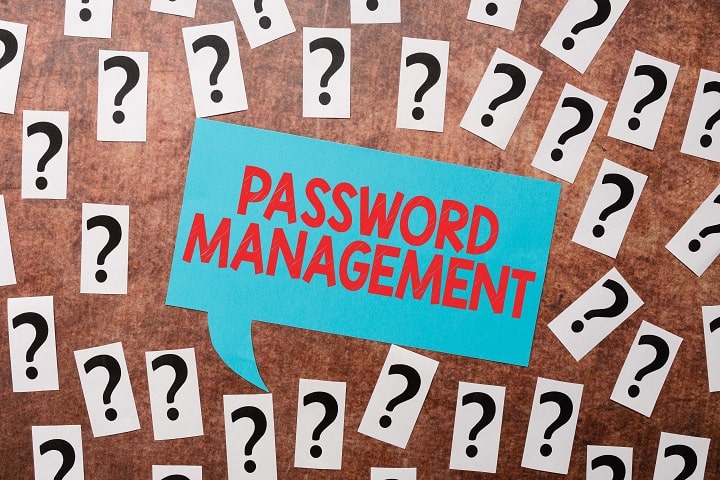
When it comes to keeping your smart home safe or recovering it in case of an emergency, remembering all the passwords for your devices and services is key. You should store your passwords in a safe place like a password manager. This is a special app that keeps all your passwords in one spot and is very secure. Also, it’s a smart move to share how to find these passwords with people you trust, like family members. This way, if something happens and you’re not around, someone else can take care of your smart home. Remember, having all your passwords safe and ready to use is critical if you need to recover your smart home!
Backups
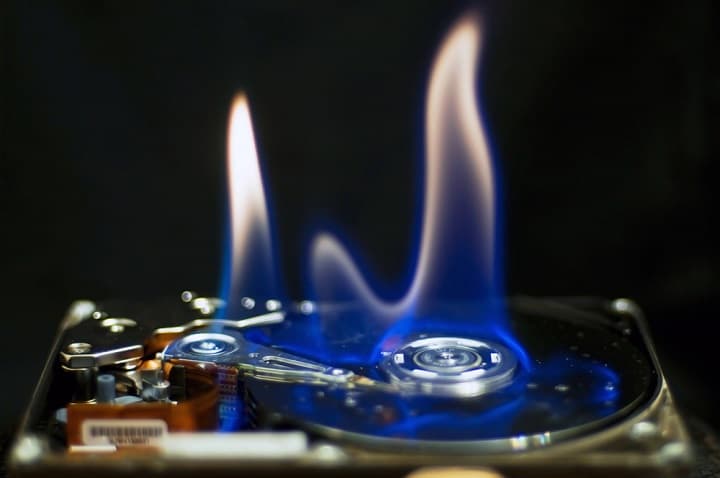
Taking regular backups is a critical step in protecting your smart home. Backups are an essential snapshots of your system’s settings and configurations. This means that in the event of a system failure or data loss, you have the means to restore your environment to its previous state quickly and easily. It’s important to establish a routine for these backups to make sure that any changes to it are stored. This means you should be aware of your Recovery Point Objective ( RPO ), or how much time you are willing to lose since the last backup. For us, this can range from a week to a day depending on how many changes we are making. Equally important is the secure storage of these backups. They can be stored either on a different storage device locally, different machine locally, or a different computer network completely like up in the cloud! No matter how you choose to store your backups, it should guarantee that your data is not only safe but also accessible only to authorized individuals. By treating backups with the seriousness they deserve, you can easily simplify your smart home recovery process in case of disaster.
Device Reset Guides
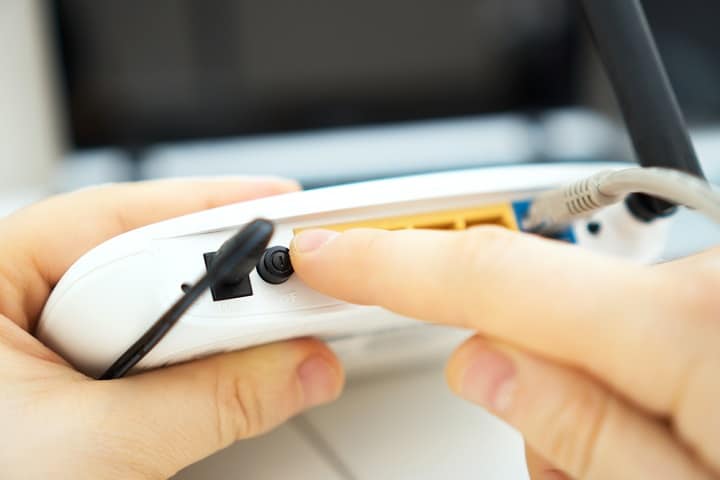
Often, with a smart home, just one part of it may stop functioning. This might just be a light switch that likes to be flakey, or it could be the smart garage door opener that refuses to open. When smart home devices stop functioning, it’s important to have detailed instructions for how to reset those devices. This could look like a folder that has all of the manufacturer’s instructions stored as pdf files, or it could be an actual physical file that has instruction booklets in it. Either way, knowing how to reset each of your devices to factory default then re-connect it to the system is a critical part of having an effective disaster recovery plan.
Restore Plans
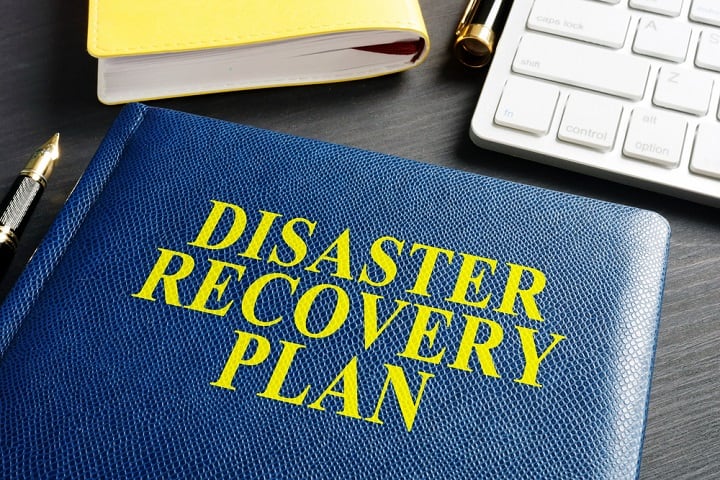
Having step by step plans to restore your smart home controller or your smart home backups is critical to having an effective disaster recovery plan. These plans should include the location of your password storage, as well as any other documents that could potentially be needed to recover the plan. It should also go step by step through the process to restore the house to it’s full working condition. Often, this includes details on how to restore the smart home from backups. It could also contain screenshots of various pages and the values that need to be in different input fields. It really depends on your smart home. Something important to keep in mind while writing your restore plans is that the person reading them might not be you! These plans should be able to be followed by anyone who has access to them, no matter how tech savvy they are ( or are not ). So be sure to include all of the details.
Emergency Contacts
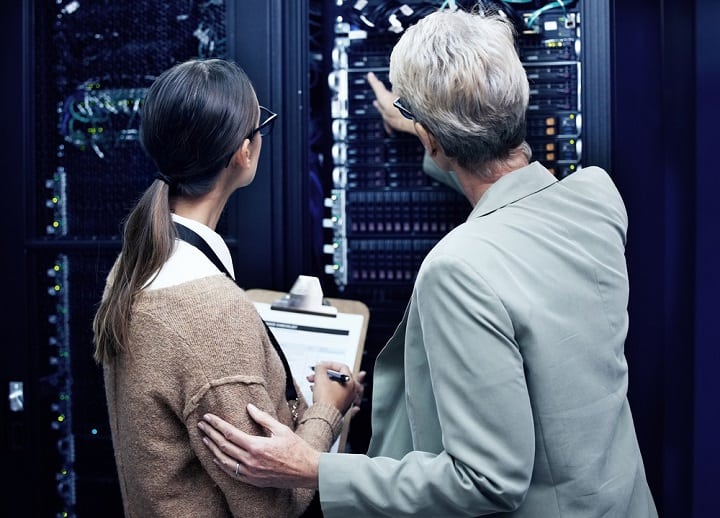
Having a list of emergency contacts is another critical feature of a disaster recovery plan for your smart home. This is a list of individuals who can be trusted with all of the details of your smart home. This includes schematics, passwords, and more highly sensitive information. These emergency contacts should be familiar with where your restore plans are for your smart home, and be tech savvy enough to implement your disaster recovery plans. In case you are not able to restore the home your self, these are the people who would be responsible for recovering your home back to it’s working condition. This may or may not include tearing out some of the smart home devices that you have installed if they are no longer functioning, so pick wisely!
Test the Plan Regularly
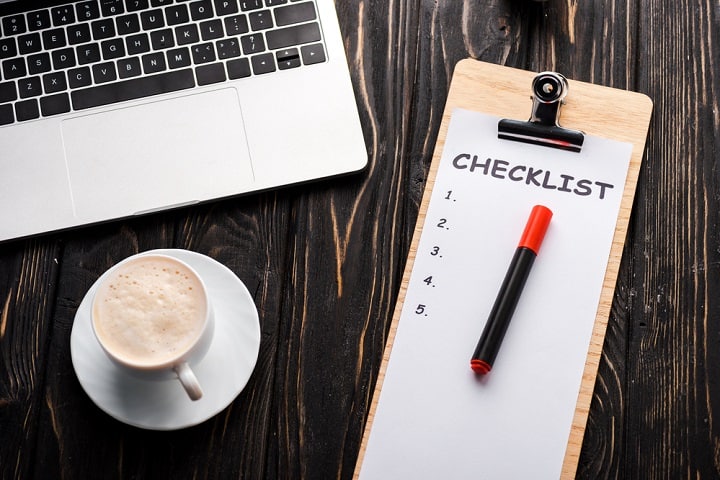
One of the most overlooked parts of a disaster recovery plan is testing it. A good disaster recovery plan should be tested frequently to make sure that the process works correctly. Nothing spells true disaster like a disaster recovery plan or set of backups that has never been tested to make sure it actually works. We like to test our disaster recovery plan at least once a year, but also tend to bake disaster recovery into part of our process so that it “just happens” as we manage our smart homes. After you are done testing your backups and disaster recovery plans, be sure to document anything that did not work, and make changes to your plans if needed.
By following these simple steps and having a solid disaster recovery plan, you can make sure your smart home stays safe and works well, even if something unexpected happens. Remember, being prepared is the best way to keep your smart home running smoothly. So, take a little time to set up your plan, keep your passwords and backups safe, and you’ll be ready for anything. Here’s to a smart and secure home, ready to handle whatever comes its way!
